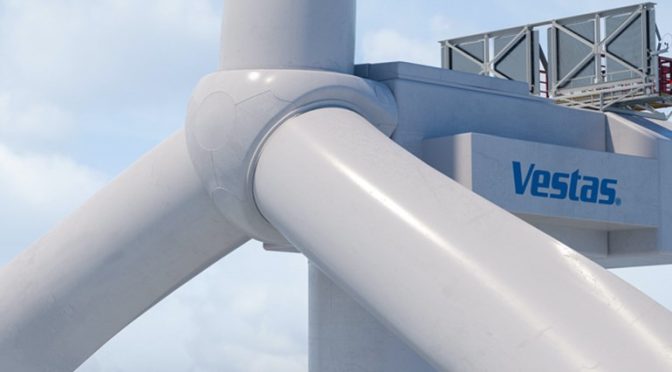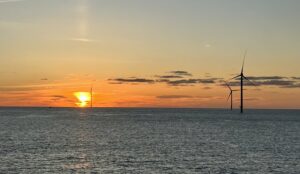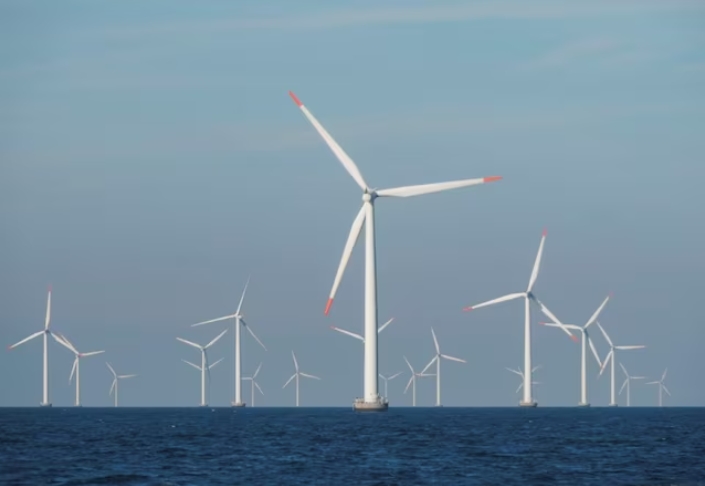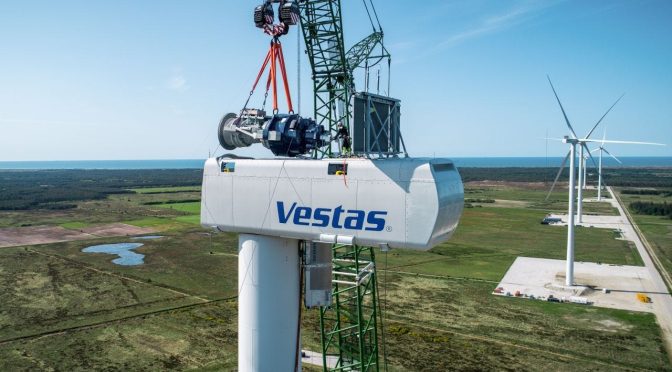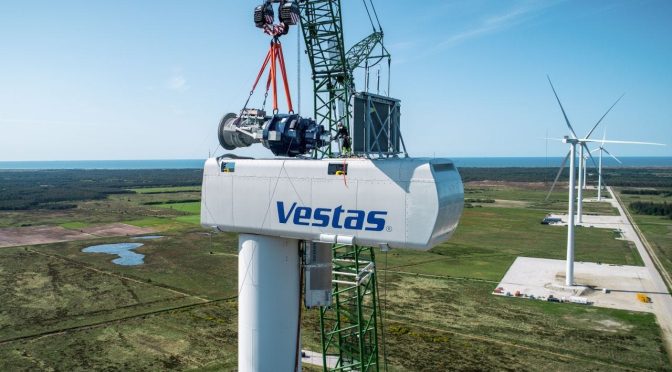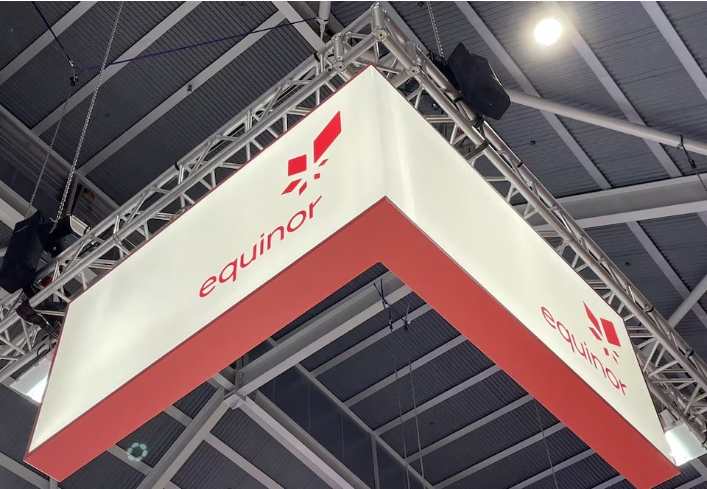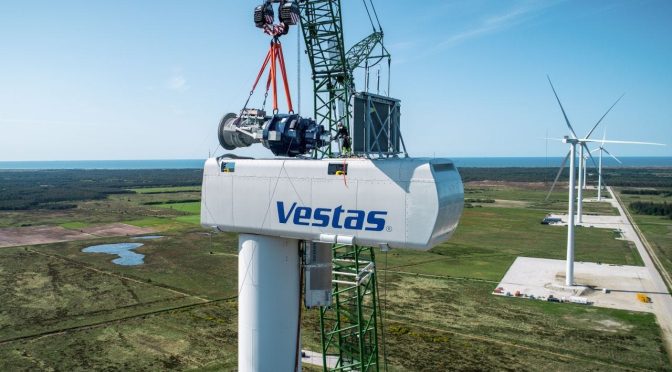Paraná state electricity utility Copel has implemented artificial intelligence in forecasting the output of wind generation.
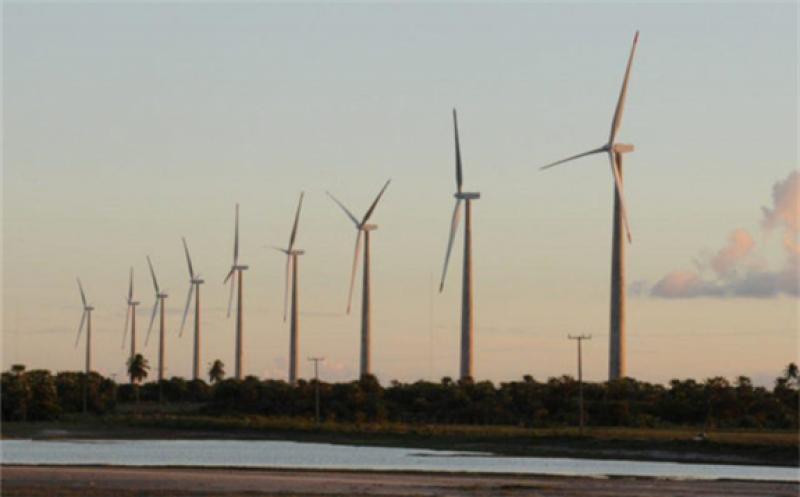
Copel Generation and Transmission has implemented the WindFor solution from the Danish software developer Enfor for forecasting from the 590.5MW of installed capacity at the four complexes the company operates in Rio Grande do Norte.
Using artificial intelligence, the tool will indicate up to 12 days in advance how much energy can be produced from the 264 wind turbines in these complexes. The forecasts should help in operations planning to increase the output from these windfarms and for the scheduling of shutdowns for maintenance in periods of lower favourability for electricity generation.
The solution is part of an ongoing broader plan to improve the performance of the company’s wind generation assets. The R$2.2 million (US$0.4 million) project is implementing three independent tools, which will be integrated.
The first tool, which has been in use at Copel since October 2019, addresses the assessment of wind flow for wind farm projects.
The third component is an online platform for evaluating and managing the performance of wind turbines and wind farms in real time. The platform was introduced for the Brisa Potiguar and São Bento complexes in October and is expected to be expanded to the Cutia and Bento Miguel complexes in 2021.
Thadeu Silva, Director of Operation and Maintenance at Copel GeT, says the management of wind assets should be based on three main pillars: the availability of the wind turbines, the availability of the balance of plant, i.e. networks, substations, etc., and the conversion rate of the wind resource into electricity.
“The technology acquired in this project will support Copel’s analysis and will ensure that our assets can always operate at their optimum. Our goal is to place our windfarms among the best in terms of capacity factor”
The system will collect data directly from the wind farms with monitoring and report generation in real-time, to improve decision making and reliability. In addition to the whole farm monitoring, data from the individual turbines will allow detection of deviations from the design parameters and potential emerging maintenance issues.
